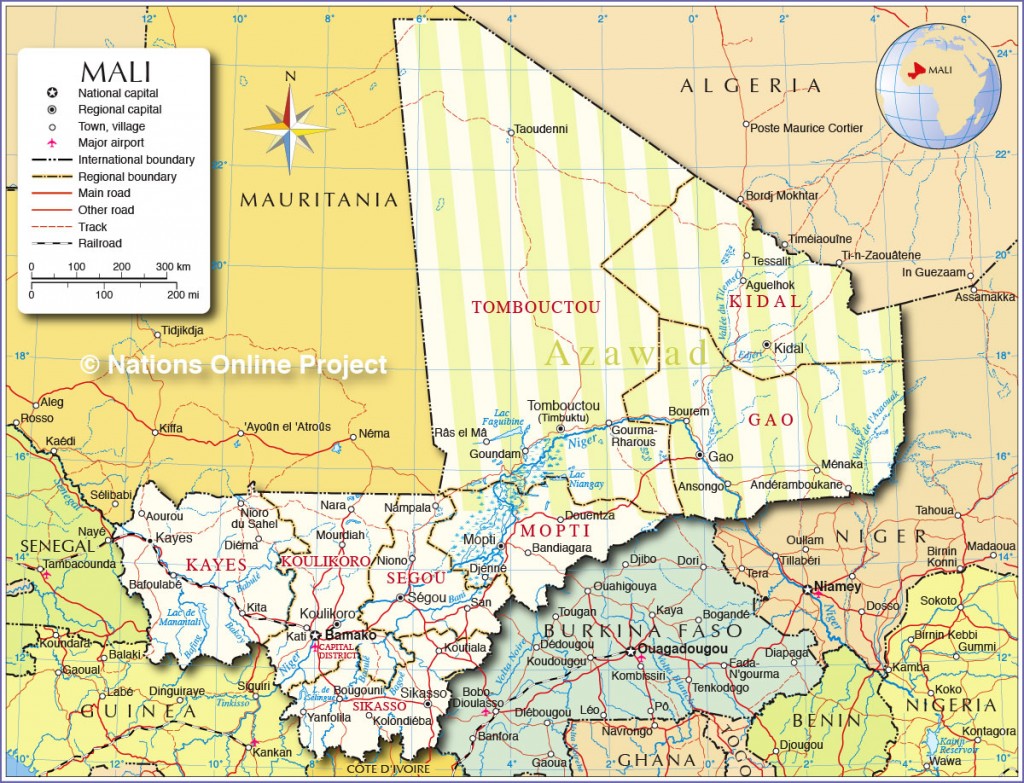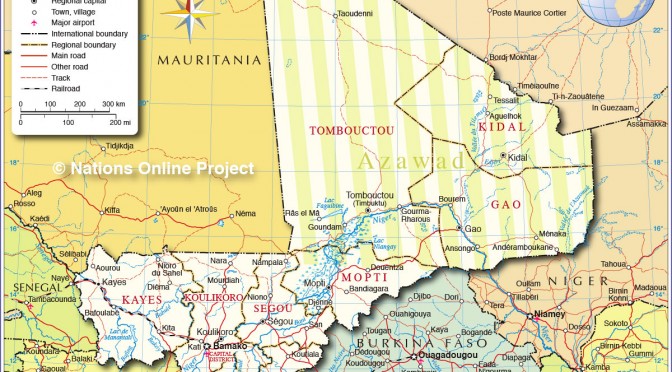Mali, a landlocked country in West Africa, is experiencing a growing demand for electricity as its population and economy continue to expand. With a population of over 19 million people and an annual growth rate of 3%, the need for reliable and affordable energy sources is more critical than ever. However, Mali’s current energy infrastructure is struggling to keep up with this demand, leading to frequent power outages and limited access to electricity for many citizens. As the country seeks to address these challenges, renewable energy sources such as solar and wind power are emerging as promising solutions. But can renewable energy keep up with Mali’s growing demand for electricity?
Currently, Mali’s electricity generation is heavily reliant on fossil fuels, with thermal power plants accounting for over 80% of the country’s total electricity production. This dependence on non-renewable energy sources not only contributes to greenhouse gas emissions but also makes Mali vulnerable to fluctuations in global fuel prices. Moreover, the country’s existing power plants are aging and often suffer from technical issues, further exacerbating the problem of unreliable electricity supply.
In recent years, the Malian government has recognized the need to diversify its energy mix and invest in renewable energy sources to ensure a more sustainable and reliable electricity supply. In 2016, the government launched the National Renewable Energy Action Plan (NREAP), which aims to increase the share of renewable energy in the country’s total electricity production to 25% by 2030. The plan focuses on the development of solar, wind, and hydroelectric power projects, as well as the promotion of energy efficiency measures.
One of the most promising renewable energy sources for Mali is solar power, given the country’s abundant sunshine and vast areas of flat, unoccupied land. In 2019, the country inaugurated its first large-scale solar power plant, the 50-megawatt (MW) Segou Solar Park, which is expected to provide electricity to around 120,000 households. Several other solar projects are also in the pipeline, including the 100 MW Kita Solar Park and the 33 MW Kourouba Solar Park. These projects, once completed, will significantly increase Mali’s solar power capacity and contribute to the country’s renewable energy goals.
Wind power also holds potential for Mali, particularly in the northern regions where wind speeds are consistently high. The country’s first wind farm, a 25 MW project in the Timbuktu region, is currently under development and is expected to be operational by 2023. Additionally, the government is exploring the possibility of integrating wind power into existing hydroelectric power plants to create hybrid systems that can generate electricity more consistently throughout the year.
While these renewable energy projects are undoubtedly a step in the right direction, it remains to be seen whether they can keep up with Mali’s rapidly growing demand for electricity. One of the main challenges facing the development of renewable energy in the country is the lack of adequate financing and investment. The majority of renewable energy projects in Mali are funded by international donors and development partners, which can result in delays and uncertainties in project implementation.

Furthermore, the country’s weak and outdated transmission and distribution infrastructure poses another significant challenge. Even if renewable energy projects are successfully completed, the electricity they generate may not reach the intended consumers due to inefficiencies in the grid. To address this issue, the government is working on upgrading the national grid and developing decentralized, off-grid renewable energy solutions for rural areas.
In conclusion, while renewable energy sources such as solar and wind power hold great potential for addressing Mali’s growing demand for electricity, several challenges must be overcome to ensure their successful implementation and integration into the country’s energy mix. With the right investments, policies, and infrastructure improvements, renewable energy can play a crucial role in powering Mali’s future growth and development.


